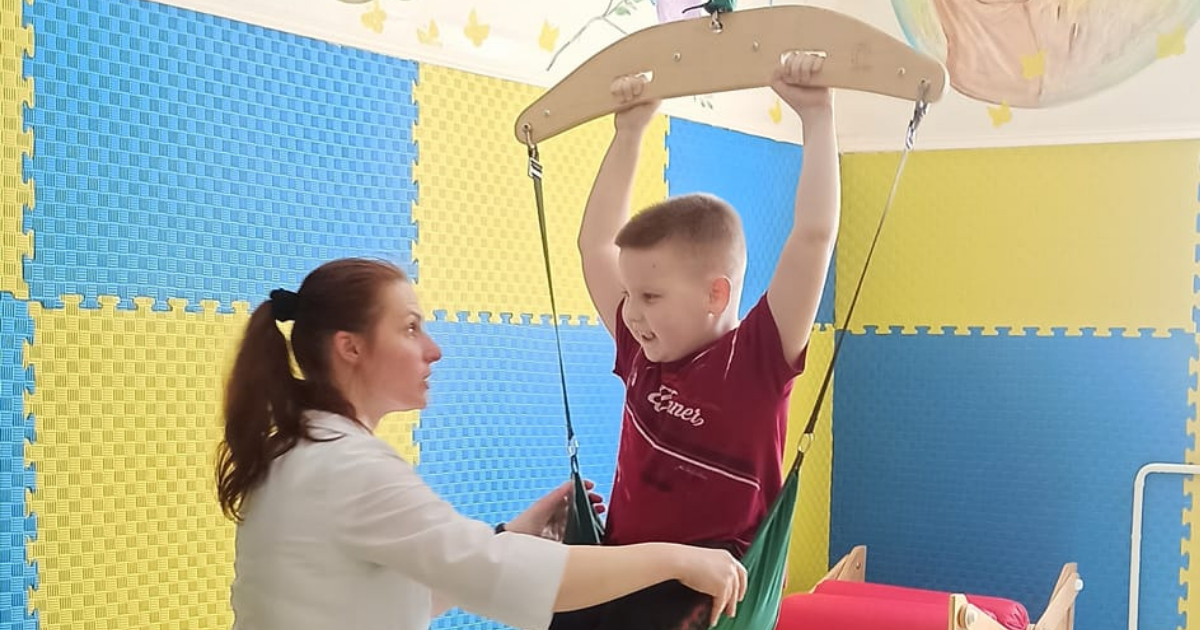
Artem Lyashanov: what Ukrainian fintech can offer to the European payments market
The column was first published for The Page on August 21, 2024.
My name is Artem Lyashanov, I am the CEO of the fintech company bill_line. Let’s start with some trivia – Ukrainian tech industry is competitive on the world market. However, if earlier the large outsourcing companies were the headliners, now it is the product companies that come on top. This is what the recent TOP-50 brands ranking by DOU shows: it already includes 20 product companies and seven hybrid ones.
The reasons for such changes have been discussed more than once: foreign customers aren’t always ready to work with a company whose office is located in a country where the largest land war since the Second World War is taking place. The product, on the other hand, proudly made and owned in Ukraine, by its very existence and development proves there are simply no difficult situations for a business that knows how to adapt.
A special place among such products belongs to the fintech projects – payment processors, service providers, etc. Those who create payment solutions for business, which in Ukraine are used to be considered basic: convenient and modern bank card payment for anything and anywhere.
I will not be the first (and not even the second) to say that the level of the payment infrastructure of the EU countries, with some exceptions, is lower than the Ukrainian one. Pro experts in our field have been talking about this for almost 10 years, and it became widely known in 2022. Back then millions of Ukrainians, fleeing the war, realized that not everything can be paid instantly by card in the EU, there are almost no instant p2p transfers, and state services are deeply offline.
The war accelerated the processes of international integration of all Ukrainian business. Fintech is no exception and is even at the forefront: by 2024, 33% of 246 domestic fintech projects are operating on the international market, and another 52% are planning such expansion. But what, apart from the obvious product solutions, can become competitive on the EU market?
In fact, there are more than one answer to this, but I would rather not talk about obvious things like money transfers. In this article, I will tell you about the embedded finance market and the trendy pay by bank method, as well as the boom in small lending through buy now pay later.
Embedded finance and pay by bank as a big prospect
The term embedded finance may sound unclear only in theory, because in practice most Ukrainians are familiar with it. If you have ever paid for a purchase online with a special button that allows you to confirm the purchase in the bank app with one click, instead of entering all the data – you know exactly what embedded finance is in general and pay by bank specifically.
We are talking about the ability to make payments on sites or apps via built-in solutions from the most popular banks (for example, scanning qr-codes in mono or quickly choosing a card without entering data in 24Pay). These functions have been working in Ukraine for many years at the largest online retailers, but for the European consumer, this is the next big thing.
Why so? Because the legislation of the EU countries is quite conservative, and the economy is stable. The market was formed a long time ago, as were the rules on it, and there are no crisis phenomena that stimulate competition between financial market players. Banks and non-bank financial institutions focus on compliance and rarely invest resources in disruption models. I mean the projects that can radically change the approach and thus drastically increase the customer base through a new level of comfort for this customer. Wasn’t it like that when you first paid your utility bill from your phone or laptop, or transferred money in 10 seconds?
Yes, the European market has its own powerful fintech players: Revolut, N26, Monzo, etc. However, they didn’t cover everyone, so there is more than enough room for competition.
My words are confirmed not only by experience, but also by dry statistics. An analysis of the European embedded finance market by McKinsey & Company have some interesting insights:
- Over the last 10 years in Europe, the volumes of embedded finance grew 3x faster than direct lending;
- 40% of customers already prefer online lending tools when buying a car;
- By 2030 this niche will be able to generate up to 25% of sales of banking services to individuals and cover the same amount of all retail lending to SMEs (currently it generates up to 10%);
- By 2030, the size of the embedded finance market may exceed 100 billion EUR and account for up to 15% of all bank revenues.
Will Ukrainian fintech companies take advantage of such demand, having a ready-made technical solution and expertise in its adaptation? It’s a rhetorical question, of course.
Buy now, pay later – technological lending
Another promising niche for us is the development of buy now pay later (or BNPL) – a system of short-term lending, known to us as “part payment”. According to the same McKinsey report, from 2016 to 2023, BNPL’s share of e-commerce sales in seven European markets increased from 2% to 10%. In Nordic countries, the volume of loans issued through BNPL methods grew by 8-10% per year from 2016 to 2022, while traditional retail lending showed a positive result of only 4-5%.
A vivid example of this case is the familiar instant loan button at the checkout stage, which Ukraine’s largest retailers integrated ages ago. It is possible to easily repackage such a model in compliance with all the requirements of European legislation – the main thing is to have technical expertise.
Business benefits
And why might the stable European market be interested in changing the conservative approach to a more innovative one from Ukrainian fintech companies? First, there will be no need to invent anything, the entire process is already described and ready for implementation. Secondly, it is beneficial both for the merchants and the banks that serve them, and for the end consumer, and here is why.
Cost reduction
First of all, direct payments as pay by bank or BNPL made possible to achieve a significant reduction of the interchange fee. Yes, this is the same internal payment processing fee: the higher it is, the less benefit for the business and more for the bank. According to my data, such direct methods allow you to raise the conversion by almost a quarter and reach 95%, which is very significant.
Increasing the payment conversion and its speed
Conversion in the case of payments is an indicator of how many customers paid for the purchase and didn’t “abandon the cart”. The simpler the payment method, the more likely the purchase will be successful. And what could be simpler and faster than paying in one click, simply by confirming the purchase in the banking application?
Reducing the fraud rate
If the payment is initiated on the online retailer’s website, but validated in the bank’s app via two-factor authentication or biometrics, it’s very difficult for an outsider to intercept and recreate it.
Reducing the number of chargebacks
A chargeback is a procedure for disputing a card transaction with which the user may disagree for various reasons. With pay by bank, the appeal threshold is higher than with credit card payments, so merchants have more space for maneuver in the matter of appealing a chargeback. This is a huge advantage for the business, if it deals with emotional purchases – for example, tourism.
Technology, flexibility and speed are what always drive progress and allow defeating the older economic model. And the gap between conservative banks and innovative services will grow. These and other niches are a real opportunity for the Ukrainian technology business to be a driver of innovation not only on the “home field”, but also around the world. And, I am sure, we will use this chance 100%.


